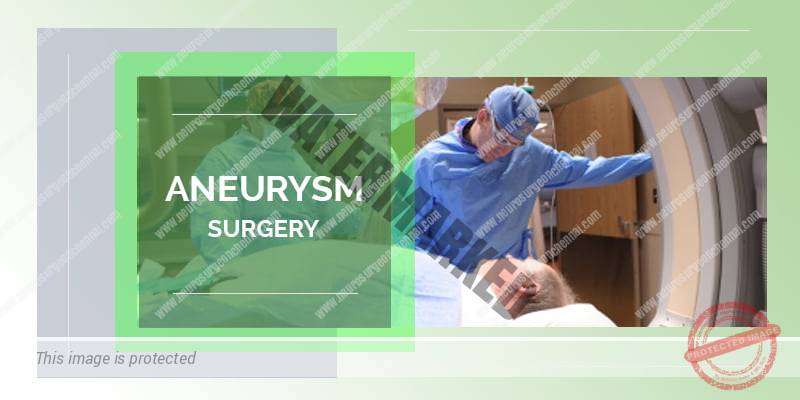
Weak blood vessels in the brain can bulge out like a balloon, causing a condition called aneurysm. When an aneurysm ruptures, it spills out the blood it carries, into the brain, causing a life threatening condition. Hence, an aneurysm requires immediate treatment in the following cases:
A small un-ruptured aneurysm rarely exhibits any symptoms. However, if the aneurysm is a large one, it causes symptoms by compressing upon the nearby blood vessels and nerves of the brain. Further evaluation is required if the patient experiences the following symptoms.
Immediate medical attention is to be sought, if 2 or more or the above symptoms, associated with sudden, severe headache are experienced.
Rupture of an aneurysm is one of the most threatening medical conditions. Treatment depends on the patient’s age, location and size of the aneurysm. There is no medical or conservative treatment for aneurysm. Surgery is the only options. However, with advances in medicine, improved surgical techniques are now available in the successful treatment of an aneurysm.
Unlike the past, not all aneurysms require an open surgery in which the skull had to be opened, to fix the aneurysm, Now a days, clipping and coiling of aneurysms can be done by just inserting a thin long tube inside the brain. With help of real time video guidance, the aneurysm can be clipped or coiled. The procedure has high success rate and little or no complication.
Nevertheless an already ruptured aneurysm comes in as a surgical emergency and in majority of the cases would require an open Brain surgery, so as to successfully evacuate the blood from the brain and simultaneously fix the ruptured blood vessel.
Open Surgical “Clipping”: This is an open procedure. The procedure is performed through a small opening made on the skull or over the eyebrows. Through the opening, affected blood vessel is identified and clipped. Placing the clip on the bulging blood vessel prevents blood from entering the aneurysm. In this way the bulge collapses and the aneurysm heals. Patient is discharged after a day or two of observation in the hospital.
If an open surgery is performed, it may take at least 4 weeks to recover completely and return to normal activities. However, after an endovascular coiling procedure, patient is observed for 24 hours and he/ she can be discharged immediately the next day. Normal activities can be resumed anytime thereafter.

